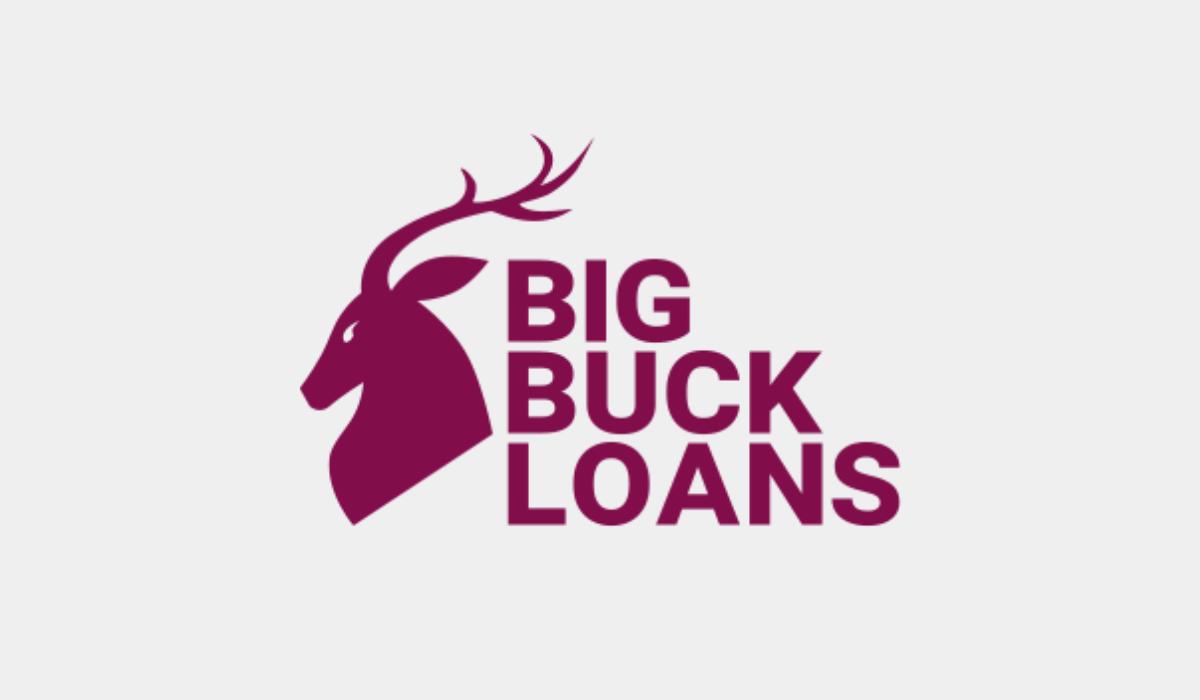In the realm of finance, the term “big buck loans” is often used to describe substantial loans extended to individuals, corporations, or governments. These loans typically involve significant amounts of money, often running into millions or even billions of dollars. In this article, we will delve into the world of big buck loans, exploring their characteristics, purposes, risks, and their impact on the global economy.
Defining Big Buck Loans
Big buck loans are typically defined by their sheer magnitude. These loans are substantially larger than traditional personal loans, mortgages, or small business loans. They are usually reserved for large-scale projects, investments, or financial transactions that require a substantial infusion of capital.
Characteristics of Big Buck Loans

- Size:
- The primary characteristic of big buck loans is their size. These loans can range from millions to billions of dollars, making them a vital component of major financial endeavors, such as infrastructure development, mergers and acquisitions, and government financing.
- Complexity:
- Big buck loans are often highly complex. They involve extensive legal and financial documentation, detailed risk assessments, and careful consideration of various factors, including interest rates, repayment terms, and collateral.
- Diverse Borrowers:
- A diverse range of entities seeks big buck loans, including large corporations, governments, and individuals with significant wealth. Governments might seek these loans to fund public infrastructure projects, while corporations might use them for expansion or debt refinancing.
Purposes of Big Buck Loans
- Infrastructure Development:
- Governments often secure big buck loans to fund large-scale infrastructure projects, such as the construction of highways, airports, and public transportation systems. These loans play a crucial role in fostering economic growth and development.
- Corporate Expansion:
- Large corporations use big buck loans to finance expansion initiatives, mergers, or acquisitions. These loans enable companies to leverage their assets and seize growth opportunities in the market.
- Debt Refinancing:
- Corporations and governments also use big buck loans to refinance existing debt. By securing more favorable terms, such as lower interest rates, borrowers can reduce their financial burdens and improve their financial health.
- Wealth Management:
- High-net-worth individuals may use big buck loans as part of their wealth management strategies. These loans allow them to access liquidity without selling assets, potentially preserving and growing their wealth.
Risks Associated with Big Buck Loans
- Default Risk:
- The higher the loan amount, the greater the default risk. A borrower’s inability to meet repayment obligations can have severe consequences for both the borrower and the lender.
- Market Volatility:
- Big buck loans are often sensitive to market fluctuations. Changes in interest rates, currency exchange rates, or economic conditions can impact the cost of servicing these loans.
- Legal and Regulatory Risks:
- The complexity of big buck loans can lead to legal and regulatory challenges. Non-compliance with regulations or contractual obligations can result in costly legal battles.
- Systemic Risk:
- The failure of a major borrower, such as a large corporation or government, to repay a big buck loan can have systemic implications, affecting financial markets and the broader economy.
Impact on the Global Economy
Big buck loans play a pivotal role in the global economy. They facilitate economic growth, job creation, and infrastructure development. However, their size and complexity also make them potential sources of financial instability. Consequently, the management and oversight of big buck loans are critical for maintaining financial stability on a global scale.
Conclusion
Big buck loans are a fundamental component of modern finance, enabling large-scale projects, investments, and financial transactions. While they offer opportunities for economic growth and development, they also come with significant risks. Effective risk management, regulatory oversight, and responsible borrowing and lending practices are essential to ensure that big buck loans continue to serve as a catalyst for economic progress while minimizing potential disruptions to the global economy.





